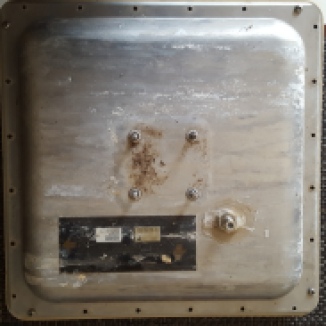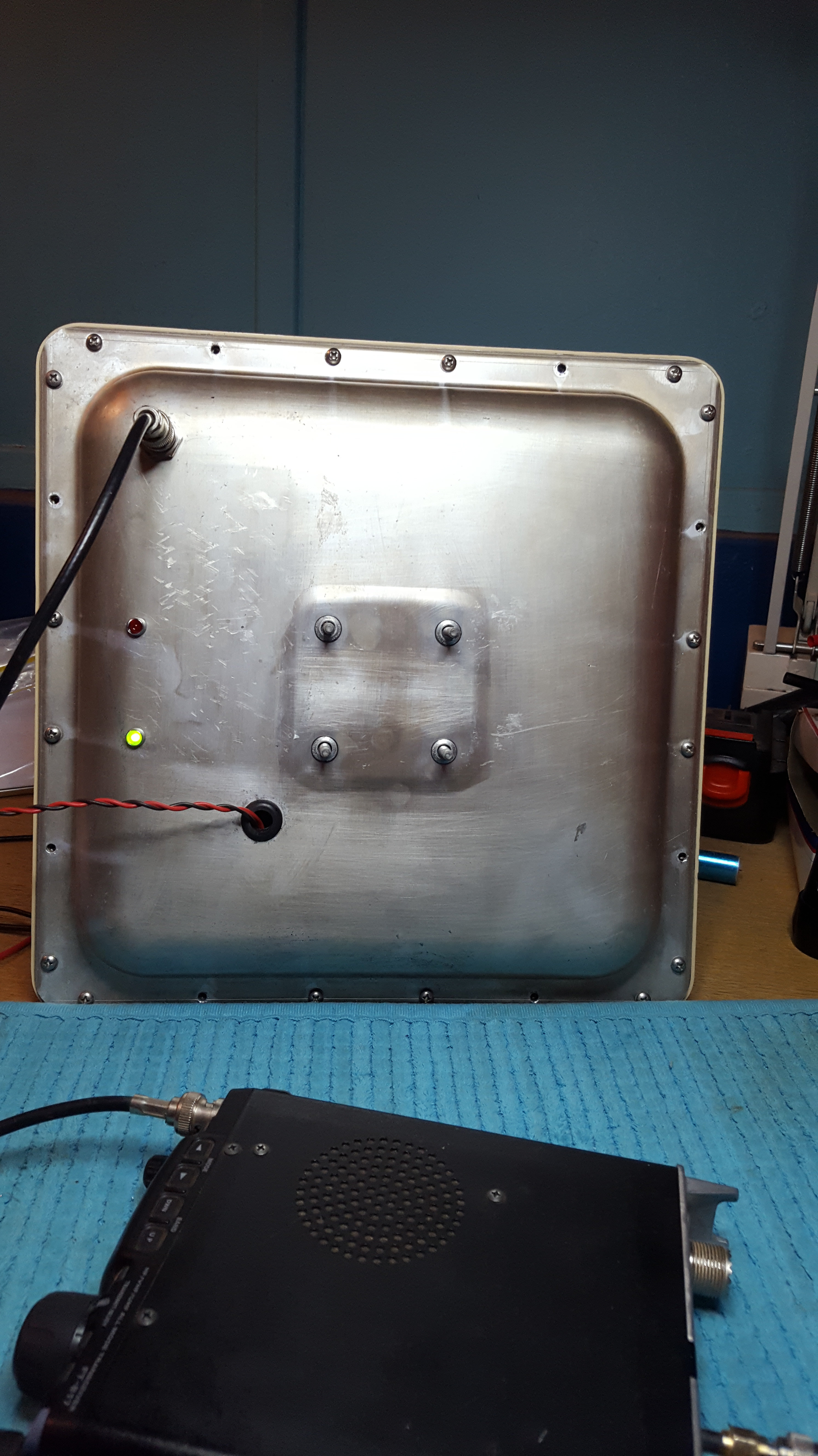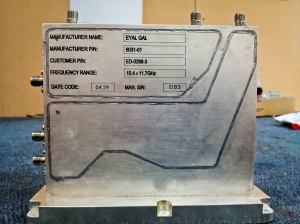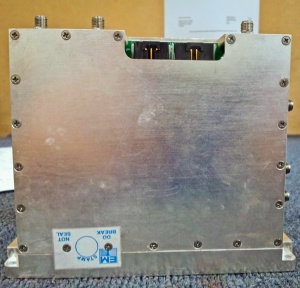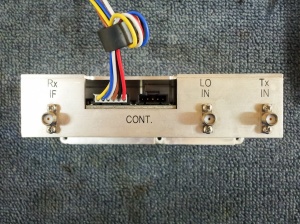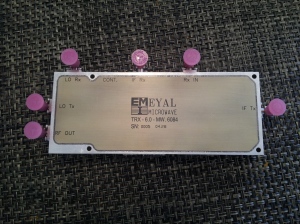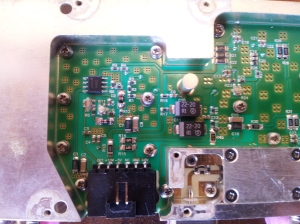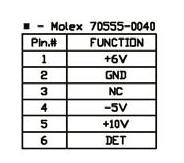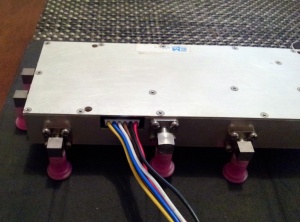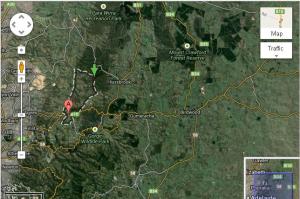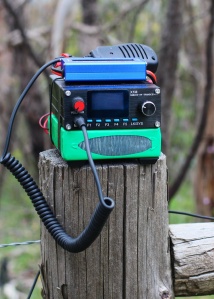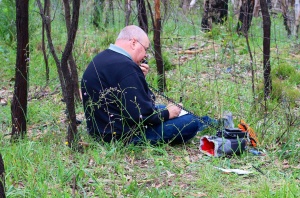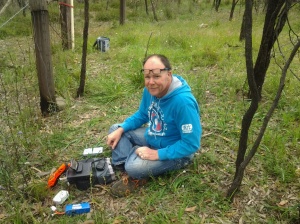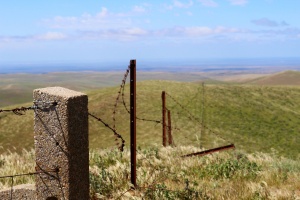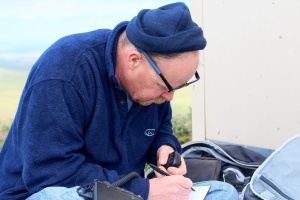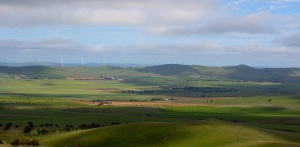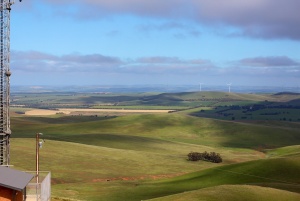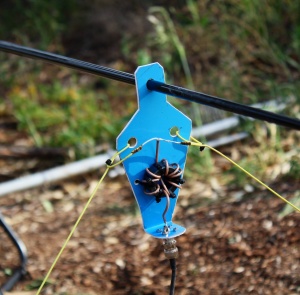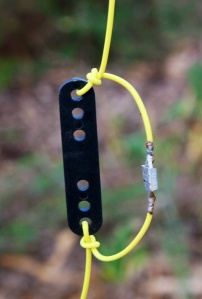I had a need for a practical, convenient and safe way to power my portable microwave station for upcoming field days. I had previously used the old 2 pin, white nylon “T” style molex plugs and sockets to equip the components for the station, and consequently a huge jumble of cords and piggyback arrangements ended up a mess.
Enter the EMDRC Powerpole DC Distibution Board Kit.
The EMDRC, or Eastern and Mountain Districts Radio Club, is an active Amateur Radio Club in Melbounes east. The club is located in Burwood and I encourage you to visit their most excellent website. The club also has an online shop, this is where I purchased the kit. Payment and postage was hassle free and the kit arrived in around 5 working days, pretty much the norm for interstate parcels to my rural SA address.
This device allows 6 devices to be powered from the one DC source, be it a battery, or shack power supply. It uses Anderson power poles as the connectors, a now very well established standard of connecting DC power to Amateur Radio and related equipment, both here in Australia and overseas. (I’m behind the times!) Each outlet is individually fused with a common as mud automotive blade fuse. These are generally available everywhere, from the swankiest auto parts chain store, to the dirtiest outback bush garage and all points in between. Each outlet is equiped with a blown fuse indicator LED that will illuminate if the fuse fails and there is an earth return path from the protected device. The unit is also protected with a master 30Amp fuse. A green “POLARITY OK” led rounds out the front panel, to indicate if the source DC power is of the correct polarity, and availability. The unit is capable of supplying 30 amps total across the 6 outlets.
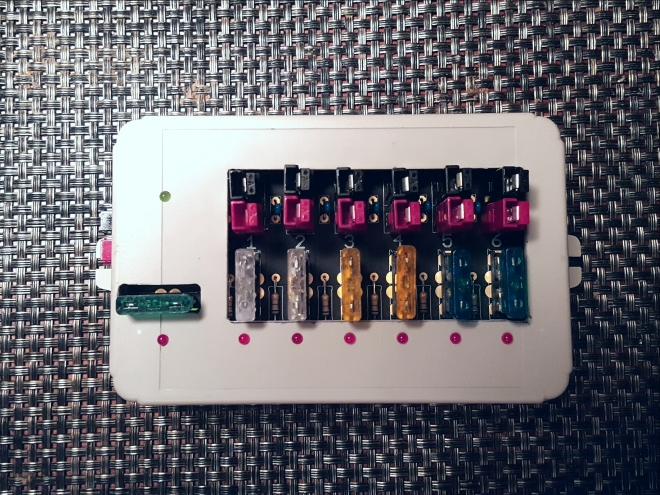
The Kit comes complete with everything you need to complete it, right down to the last nut and bolt. It includes a very nice, heavy duty gold plated PCB that is a joy to solder, a pro looking pre- cut enclosure and quality components. There is no drilling or cutting required.

Construction is very straight forward. I did however, find the instructions lacking a few minor details. For instance, there is no explanation of the Anderson Power Poles standard in use and I found the first pair I soldered in, whilst I had the polarity correct, I had orientated the connectors upside down from convention. This is probably only an issue for some one very new to Power Poles, like myself. A five minute Google had me on the correct path. You’ll need a quality soldering iron with a bit of grunt, at least around 60 watts, with a clean bit in good condition. That 25 watt job you got with your first Dick Smith Funway kit 30 years ago probably won’t cut it. A pair of sharp side cutters, wire strippers or a scalpel/knife will be required to strip the short lengths of wire supplied for fitting the powerpoles to the board. Indeed, you might even have the correct crimping tool for the power pole contacts, no drama if you don’t, just solder them. The unit is supplied with 30 amp power pole contacts for all of the housings.
I completed the kit in around 4 hours, from opening up the parcel, to screwing the back cover on. I’m currently using the kit to power my 2 Meter band WSPR station, via a 30 amp switching power supply, and it’s doing a sterling job! The great thing is I know that when I grab this thing to go portable with other equipment, it will be quick, easy and safe to connect it to my DC source, and other gear, whatever that may be.

The EMDRC Power Pole distribution Board kit is a worthy addition to any shack. My only real gripe is there is no front panel or sticker, this would have set the unit off nicely. It is a quality item that brings a convenient and safe DC power distribution system to your shack or portable location. It is easy to assemble and requires no addition drilling or cutting to complete. In fact, I found myself asking, “do I need two?”

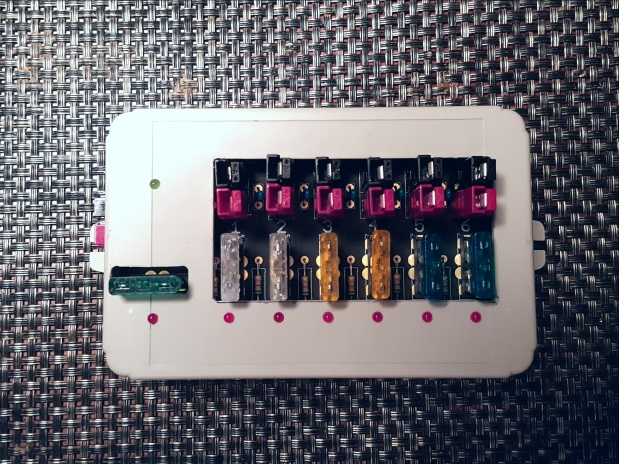
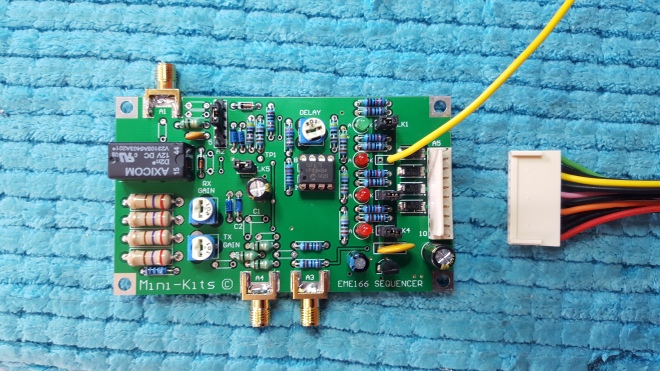
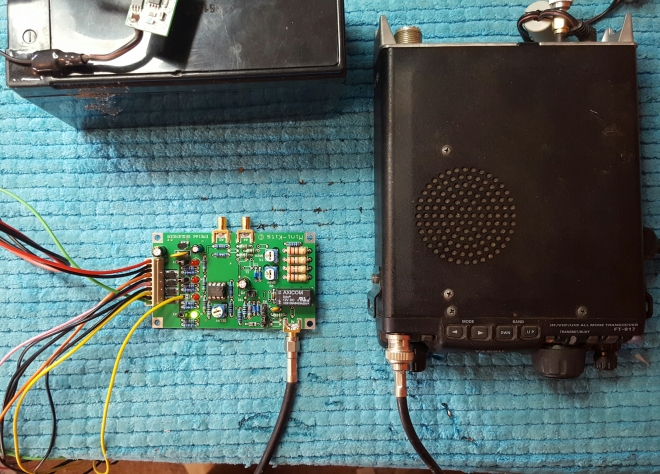
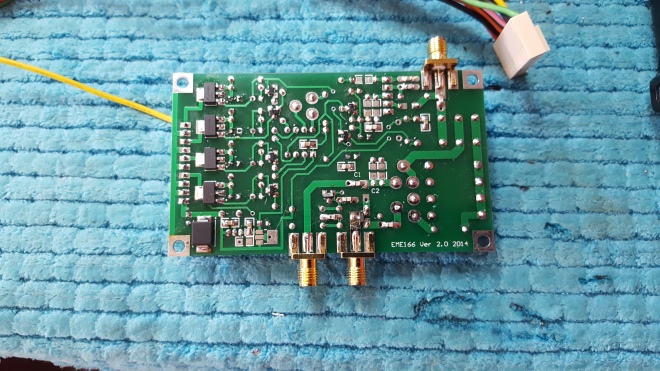 Besides the few smd parts that are fitted to the underside of the board, there are 4 smd diodes fitted to the top of the board. The rest of the conventional leaded components go on easily. I built the kit in around 4 hours. I’d class this kit as “intermediate” level, you’ll need some SMD soldering gear and some experience to successfully build the kit. Don’t forget to check the values of the resistors with your multimeter, it’s easy to make a mistake!
Besides the few smd parts that are fitted to the underside of the board, there are 4 smd diodes fitted to the top of the board. The rest of the conventional leaded components go on easily. I built the kit in around 4 hours. I’d class this kit as “intermediate” level, you’ll need some SMD soldering gear and some experience to successfully build the kit. Don’t forget to check the values of the resistors with your multimeter, it’s easy to make a mistake!
